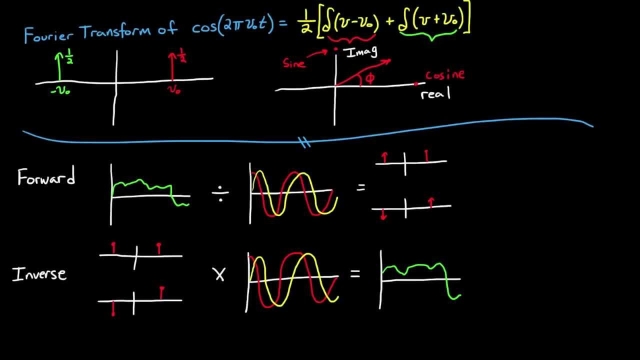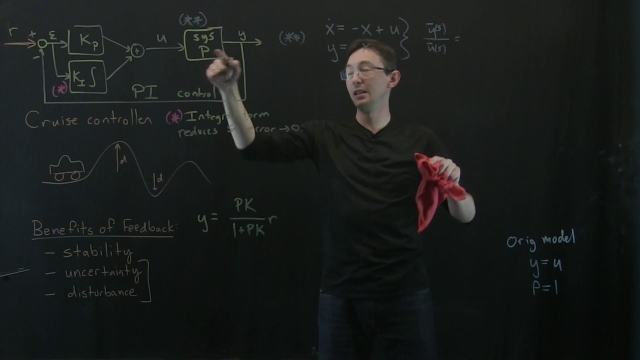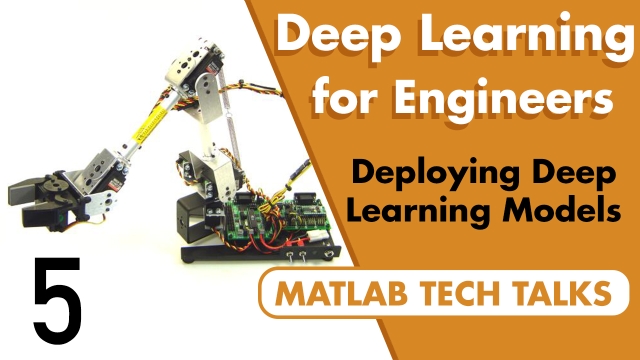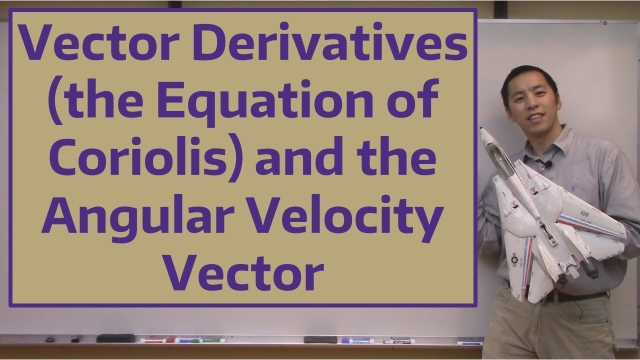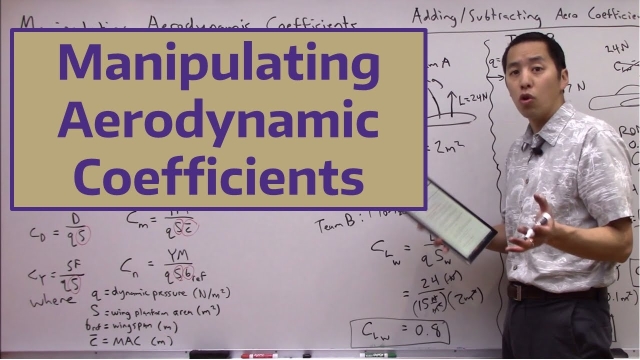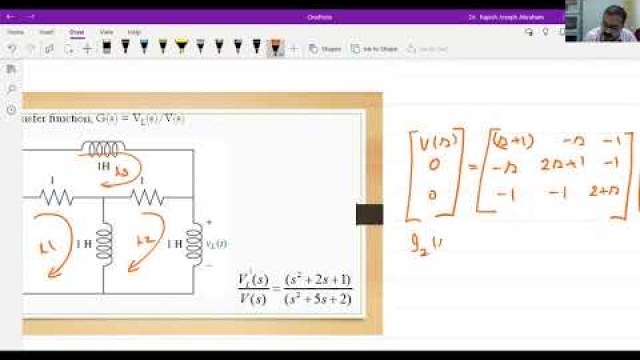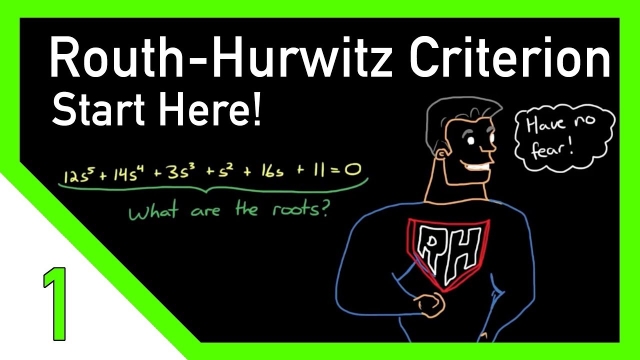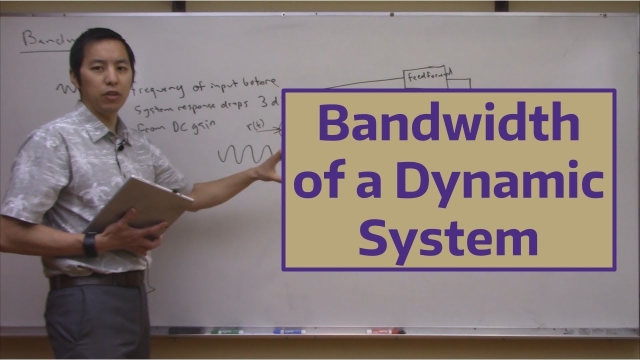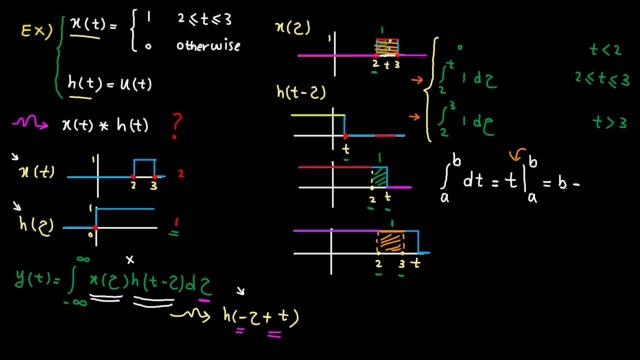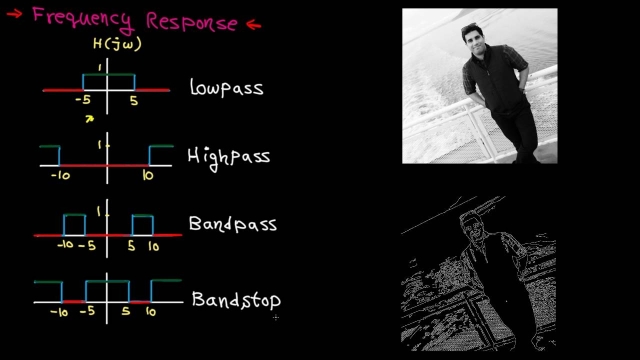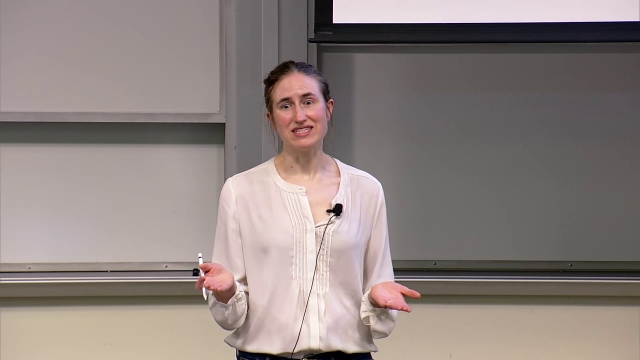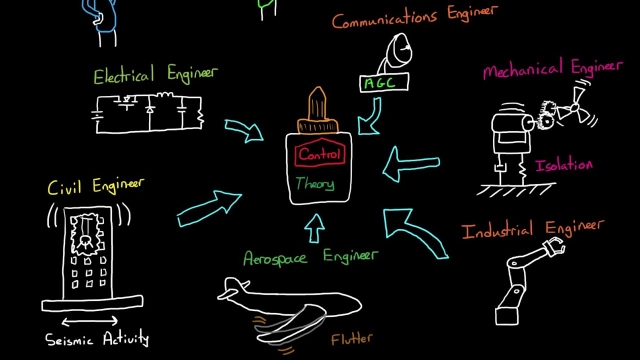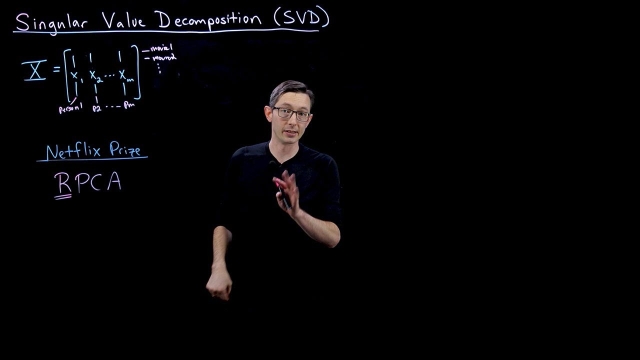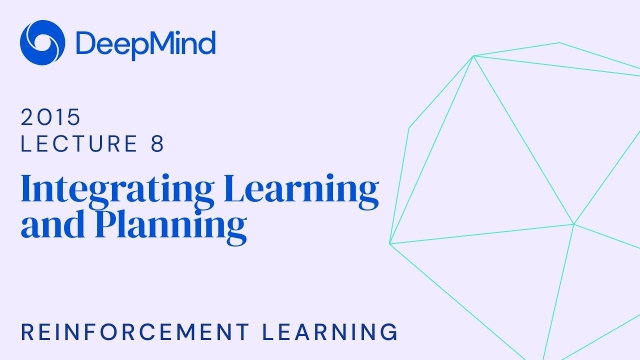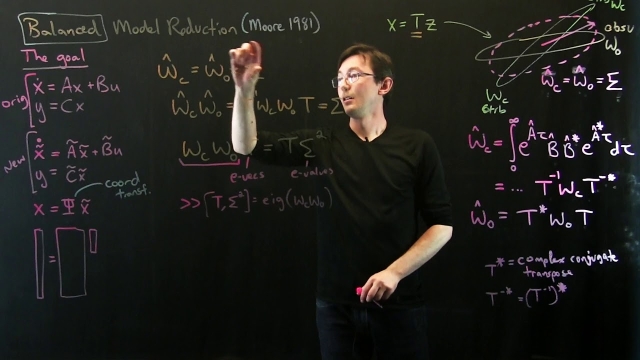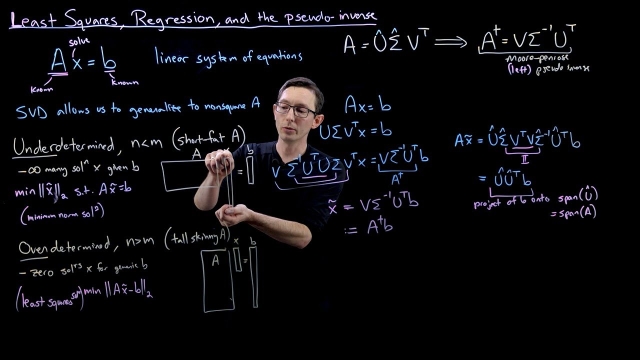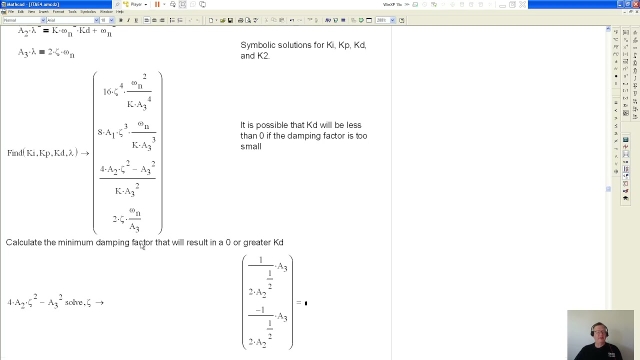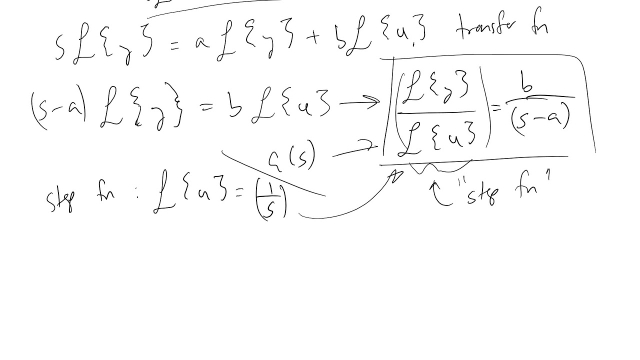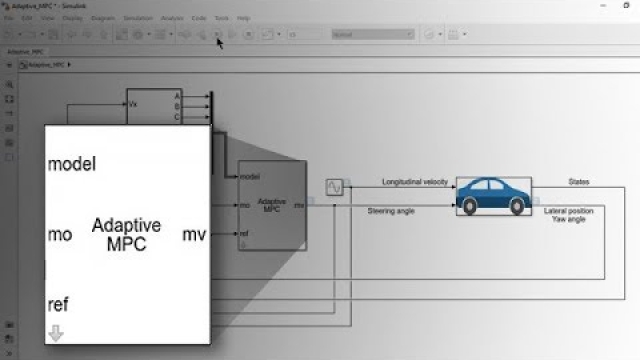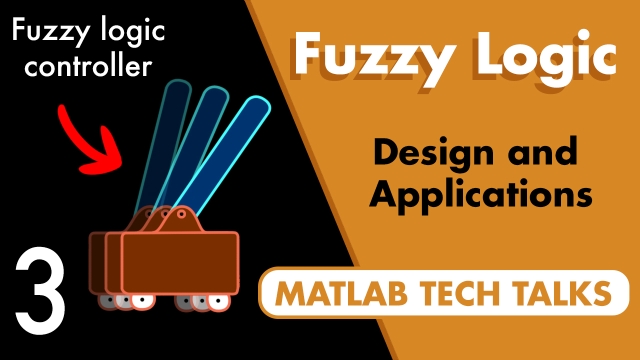
Introduction to the Fourier Transform (Part 2)
This video is the second part of the introduction to the Fourier Transform. I address an error that I made in the first video concerning the scaling term of the transform. I also try to...
See MoreControl Bootcamp: Cruise Control Example with Proportional-Integral (PI) co...
In this video, we show that introducing integral control reduces the steady-state tracking error to zero in the cruise control example. We also use a more sophisticated model for the...
See MoreDeploying Deep Learning Models | Deep Learning for Engineers, Part 5
This video covers the additional work and considerations you need to think about once you have a deep neural network that can classify your data. We need to consider that the trained network...
See MoreVector Derivatives (the Equation of Coriolis) and the Angular Velocity Vecto...
In this video we develop the Equation of Coriolis which describes how a vector in a rotating reference frame changes from the perspective of an observer in a non-rotating reference frame. We...
See MoreManipulating Aerodynamic Coefficients
In this video we discuss some potential problems you may encounter when attempting to perform operations with dimensionless aerodynamic coefficients such as ...
See MoreLecture 3: Electrical and Mechanical System Transfer Functions
Frequency domain – tutorial 13: sampling (theory of everything in signal pro...
In this video, we learn about sampling which enables us to travel from analog to digital world. The following materials are covered:1) why traveling to the ...
See MoreRouth-Hurwitz Criterion, An Introduction
This video gives an introduction into the Routh-Hurwitz Criterion and the Routh Array. I also present a little background information in order to emphasize why the method was developed and...
See MoreBandwidth of a Dynamic System
In this video we discuss the definition and physical meaning of the bandwidth of a dynamic system. We’ll see that this is a performance metric that is used ...
See MoreLecture 7: More on Signal Flow Graphs and Block Diagram Reduction
Time domain - tutorial 9: convolution examples
In this video, we use a systematic approach to solve lots of examples on convolution. By the end of this lecture, you should be able to find convolution betw...
See MoreFrequency domain – tutorial 3: filtering (periodic signals)
In this video, we learn about filtering which enables us to manipulate the frequency content of a signal. A common filtering application is to preserve desi...
See MoreLecture 25: Nyquist stability criterion
Stanford CS234: Reinforcement Learning | Winter 2019 | Lecture 6 - CNNs and ...
Professor Emma Brunskill
Assistant Professor, Computer Science
Stanford AI for Human Impact Lab
Stanford Artificial Intelligence Lab
Statistical Machine Learning Group
Why Learn Control Theory
In this video I present a few reasons why learning control theory is important and try to give some motivation to continue learning.
See MoreMatrix Completion and the Netflix Prize
This video describes how the singular value decomposition (SVD) can be used for matrix completion and recommender systems.
See MoreRL Course by David Silver - Lecture 8: Integrating Learning and Planning
Introduces model-based RL, along with integrated architectures and simulation based search.
See MoreData-Driven Control: Balancing Transformation
In this lecture, we derive the balancing coordinate transformation that makes the controllability and observability Gramians equal and diagonal. This is the critical step in balanced model...
See MoreLeast Squares Regression and the SVD
This video describes how the SVD can be used to solve linear systems of equations. In particular, it is possible to solve nonsquare systems (overdetermined or underdetermined) via least...
See MorePeter Ponders PID - Integrated Time Absolute Error - 4 Pole example
This video shows how to calculate the coefficients for a 4 pole ITAE and how to use the 4 pole ITAE to calculate closed loop controller gains.
See MoreMachine Learning Control: Tuning a PID Controller with Genetic Algorithms
This lecture shows how to use genetic algorithms to tune the parameters of a PID controller. Tuning a PID controller with genetic algorithms is not generally recommended, but is used to...
See MoreLaplace Transforms to Derive Transfer Functions
Once we have a state space model, we will take a Laplace Transform to derive the transfer function to determine the response of an output relative to an inpu...
See MorePeter Ponders PID - FeedForwards - Basics - What they do
Understanding Model Predictive Control, Part 7: Adaptive MPC Design with Sim...
In this video, you will learn how to design an adaptive MPC controller for an autonomous steering vehicle system whose dynamics change with respect to the longitudinal velocity. After you...
See MoreFuzzy Logic, Part 3: Design and Applications of a Fuzzy Logic Controller
This video walks you through the process of designing a fuzzy inference system that can balance a pole on a cart. You can design a fuzzy logic controller using just experience and intuition...
See More
